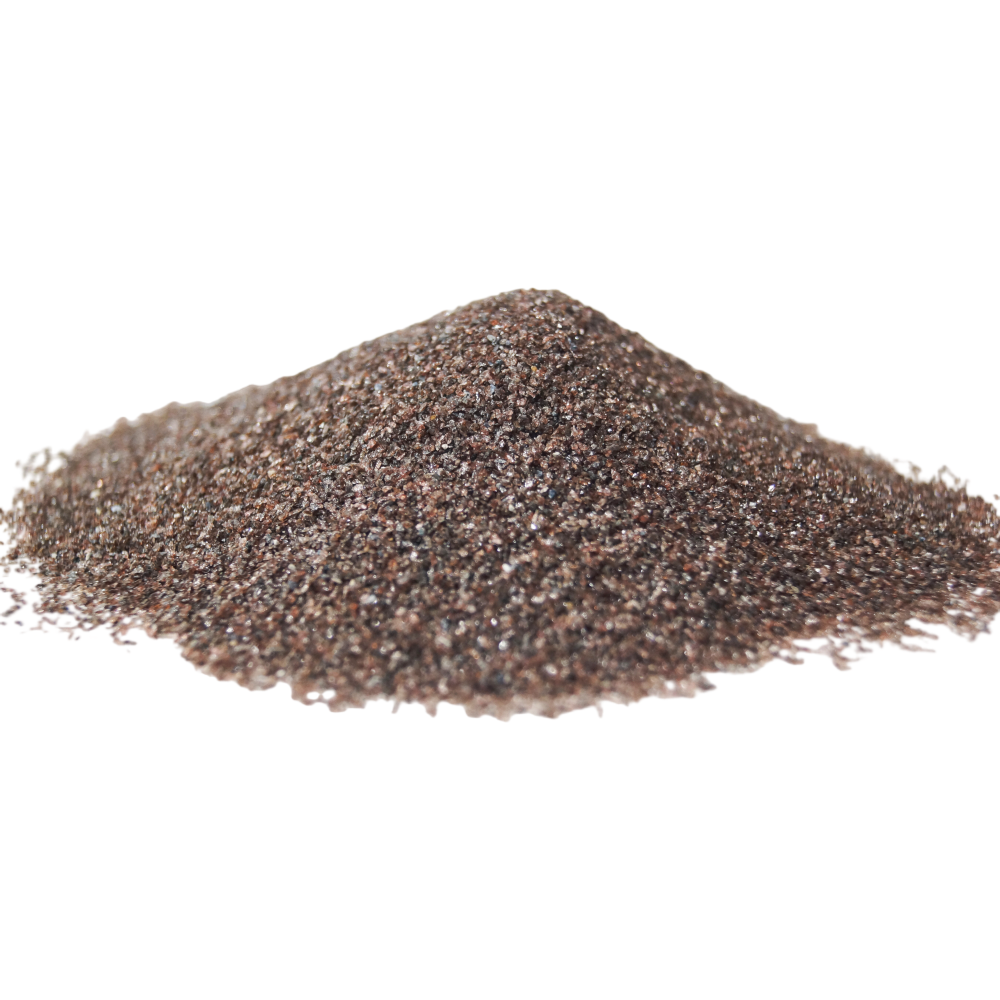Several common abrasives
Release time:
2023-09-18
Abrasives generally refer to natural or man-made materials that have a particle shape and the ability to attach and cut. There are many types of abrasives. Do you know the professional names of zirconium corundum, brown corundum, and white corundum? Today, the editor of Damon Grinding Wheel will introduce to you several commonly used abrasives.
1. Brown corundum (A): The main raw material of brown corundum is bauxite, which is made by smelting. The main component is Al2O3, which is brown in appearance. It has good toughness, can withstand large pressure, can withstand high temperatures, is resistant to oxidation and corrosion, and has stable chemical properties. Brown corundum is widely used in the general abrasive manufacturing industry and is one of the main raw materials for our Damon grinding wheel discs.

2. White corundum (WA): The main raw material of white corundum is aluminum oxygen powder, which is made by smelting. The main ingredients are the same as brown corundum. It looks like white crystals in appearance, has high brittleness, is slightly harder than brown corundum, and has good cutting ability. This is also one of the main raw materials for our Damon grinding wheel discs.

3. Black corundum (BA): The main raw material of black corundum is bauxite, which is made by smelting. In addition to Al2O3, the main ingredients also include some FeO3. It is dark brown in appearance, has relatively low purity for the industry, and has particularly good toughness, but slightly worse hardness.
4. Zirconium corundum (ZA): Zirconium corundum can be divided into two types, one is fused zirconium corundum and the other is sintered zirconium corundum. Fused zirconium corundum is ideally suited for use in heavy-duty coarse grinding coated abrasives. Its main ingredients include 40% ZrO2 and 60% Al2O3. The small crystals of zirconium corundum are stronger than the large crystals. The toughness of sintered zirconium corundum is 2.3 times that of corundum, and its grinding ability is 1-3 times higher than that of ordinary corundum. In addition to the main components ZrO2 and Al2O3, its components also include MgO.
5. Single crystal corundum: Single crystal corundum has high hardness, good toughness, multi-edge cutting edges, and strong grinding force. Because the grinding heat is small, the cutting life of the abrasive grains is relatively long, and it is suitable for processing harder and tougher materials. Stainless steel, high-vanadium high-speed steel, etc. It is also suitable for processing deformed and easily burned workpieces.
6. Microcrystalline corundum: Despite its small size, microcrystalline corundum has high strength, good self-sharpening properties, and can be used for deep grinding. Can be used for heavy-duty creep-feed grinding with large depths.
7. Silicon carbide: The raw materials of silicon carbide are high-purity quartz sand and high-quality finely washed anthracite, and the compound is finally generated through the reduction reaction of the resistance furnace. Silicon carbide has stable chemical properties, high hardness, and can withstand high temperatures. It is widely used in abrasives and refractory materials industries.
8. Black silicon carbide (C): The main raw materials of black silicon carbide are quartz sand (SiO2) and petroleum coke, and are smelted in a resistance furnace with the addition of auxiliary materials such as sawdust. Black silicon carbide is a black, opaque hexagonal crystal with a glass luster. Compared with corundum, it has higher hardness, but less toughness and is sharper.

9. Green silicon carbide (GC): Green silicon carbide has the same smelting principle as black silicon carbide, but salt needs to be added to the raw materials. The SiC content in green silicon carbide is higher and the performance is more brittle. Green silicon carbide is a green translucent crystal.

10. Natural emery: Natural emery is corundum sand with low purity. In addition to aluminum oxide, natural emery also contains more Fe2O3 and Fe3O4. Its grinding ability is relatively poor.


















